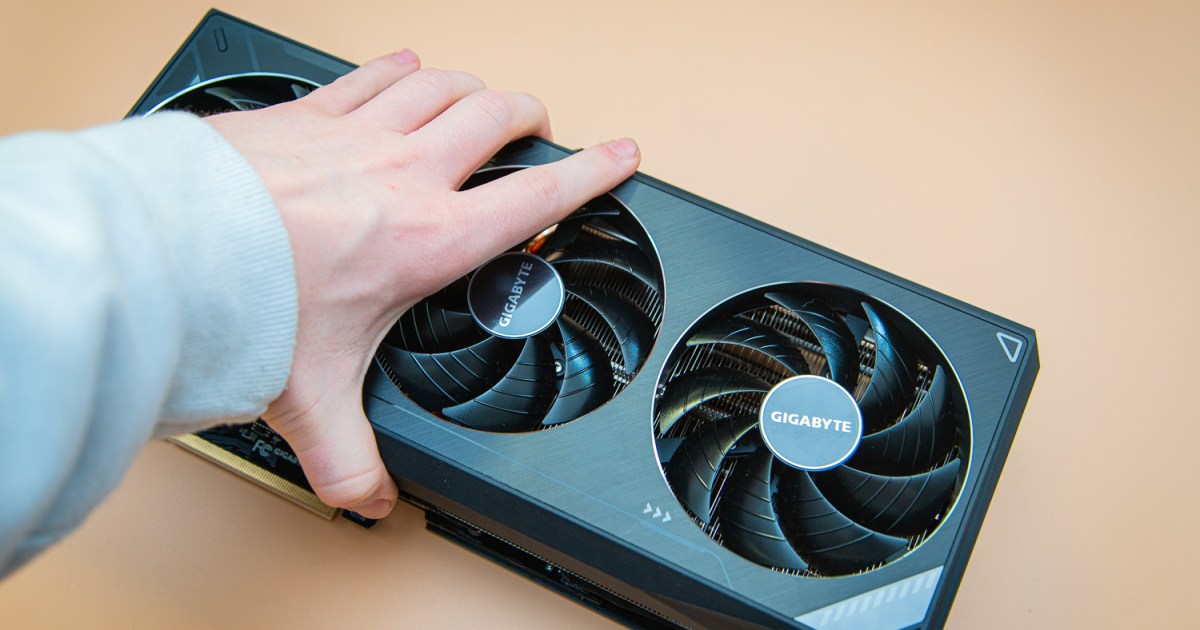I’d like to throw a question out there regarding GB202 and GB203 L2 cache. Despite our proximity to launch, I haven’t seen any leaks about the cache size. The 128 MB rumor has been out for well over a year and never confirmed by anyone to my knowledge. It could easily have been an estimation based on the assumption that the core/cache ratio would stay the same as Ada. Sounds like that could be tough with only 22% more die space (on GB202) and added MCs, though AMD managed to cut down the L3 cache size on 4nm for Zen 5, so it’s not impossible I guess. GB203 shouldn’t have the same problem so I’d guess that cache would stay the same.
Curious if anyone has seen anything or has any thoughts on this.
Curious if anyone has seen anything or has any thoughts on this.



